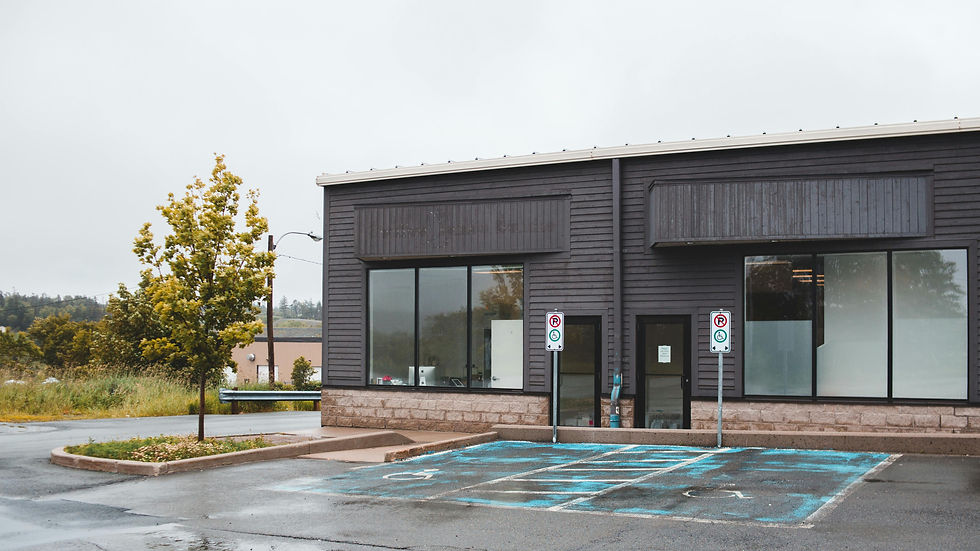What Are Capital Expenditures?
- Greg Pacioli

- Nov 10
- 4 min read

Capital expenditures, commonly known as CapEx, represent the money a business invests in acquiring, upgrading, or maintaining physical assets like buildings, equipment, vehicles, and technology. Unlike day-to-day operating expenses that keep the lights on, CapEx investments are strategic moves that shape a company's future capacity and competitive position.
These expenditures appear as assets on the company's balance sheet and are gradually expensed over time through depreciation, reflecting how the asset delivers value throughout its useful life.
What Capital Expenditures Include

Acquisition of New Assets
Purchasing tangible property that will serve the business for multiple years:
Commercial real estate and buildings
Manufacturing equipment and machinery
Company vehicles and fleet assets
Computer hardware and IT infrastructure
Upgrades and Improvements
Investments that enhance existing assets beyond their original condition:
Building renovations and expansions
Technology system upgrades
Equipment modifications that increase capacity or efficiency
Facility improvements that extend useful life or functionality
Major Maintenance and Repairs
Significant repairs that substantially extend an asset's lifespan or restore its value:
Roof replacement or major structural repairs
HVAC system overhauls
Equipment refurbishment that adds years of productive use
Foundation work and major building systems
Intangible Assets
Long-term investments in non-physical assets that provide lasting value:
Patents and intellectual property
Software licenses and proprietary systems
Trademarks and brand assets
Customer lists and databases
Key Characteristics of CapEx
Long-Term Benefit
Capital expenditures are investments expected to generate economic benefits extending beyond a single fiscal year. This distinguishes them from operating expenses, which are consumed within the current period.
Balance Sheet Treatment
CapEx doesn't immediately impact the income statement. Instead, these expenditures are capitalized as assets on the balance sheet, preserving the company's reported profitability in the purchase year while building long-term asset value.
Depreciation Over Time
The asset's cost is systematically expensed through depreciation over its useful life. This accounting treatment matches the expense recognition with the periods in which the asset generates revenue, providing a more accurate picture of profitability over time.
Cash Flow Impact
While depreciation is a non-cash expense on the income statement, the actual capital expenditure represents a significant cash outflow that appears in the investing activities section of the cash flow statement.
The Role of Capital Expenditures in Building Wealth
Growth and Operational Efficiency
Strategic CapEx enables businesses to expand capacity, enter new markets, and streamline operations. Investing in modern equipment or technology can dramatically reduce production costs, improve quality, and increase output.
Competitive Positioning
Companies that consistently invest in their infrastructure and technology maintain competitive advantages. Outdated equipment and facilities put businesses at a disadvantage against competitors who've made strategic capital investments.
Tax Benefits and Depreciation Strategies
Capital expenditures create valuable tax planning opportunities through depreciation deductions. Methods like bonus depreciation and Section 179 expensing can accelerate these deductions, providing significant tax savings in earlier years.
Investor and Lender Perspectives
Financial analysts closely monitor CapEx spending patterns to assess:
Management's confidence in future growth
The company's commitment to maintaining competitive assets
Whether the business is investing sufficiently to sustain operations
How capital allocation decisions align with stated strategy
High CapEx relative to depreciation suggests aggressive growth investment, while declining CapEx might signal maturity, caution, or potential underinvestment in the business's future.
CapEx vs. OpEx
Understanding the distinction between capital expenses and operating expenses is crucial for both accounting and tax purposes:
Capital Expenditures:
Create or improve long-term assets
Capitalized on the balance sheet
Expensed gradually through depreciation
Operating Expenses:
Daily costs of running the business
Immediately expensed on the income statement
Fully deductible in the year incurred
The line between CapEx and OpEx isn't always clear-cut. For instance, minor repairs are operating expenses, while major renovations qualify as capital expenditures. The IRS provides guidelines, but proper classification often requires professional judgment.
Strategic Considerations for Capital Expenditures
Timing Your Investments
The timing of capital expenditures can significantly impact your tax position. With provisions like 100% bonus depreciation, businesses may benefit from accelerating purchases into specific tax years to maximize immediate deductions.
Return on Investment Analysis
Smart businesses evaluate potential CapEx through multiple lenses:
Payback period (how quickly the investment recovers its cost)
Internal rate of return (IRR)
Net present value (NPV)
Impact on operational efficiency and revenue generation
Financing Strategies
Companies fund capital expenditures through various methods:
Cash reserves
Bank loans and equipment financing
Capital leases
Sale-leaseback arrangements
The chosen financing method affects both cash flow and the balance sheet structure.
To Sum It All Up
Capital expenditures are essential investments that can shape the future of your business. They may require some upfront cash, but making smart CapEx choices can fuel growth, boost efficiency, and establish enduring competitive edges.
Knowing how to effectively plan, time, and account for these investments (especially considering tax perks like bonus depreciation and cost segregation) can significantly influence your company's financial health.
Collaborating with a tax expert can help you unlock the full potential of your capital expenditures while ensuring everything is classified correctly and receives the best possible tax treatment.



Comments